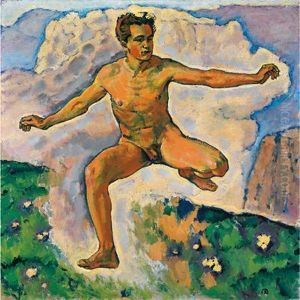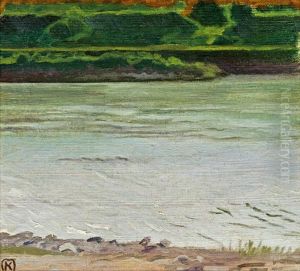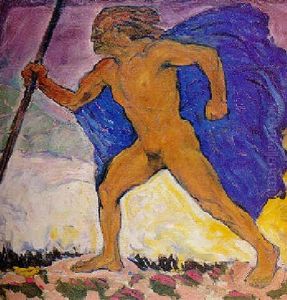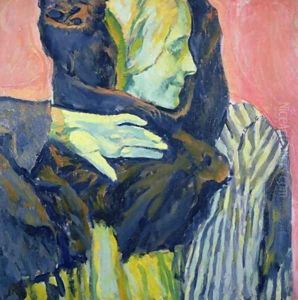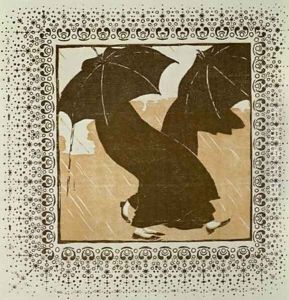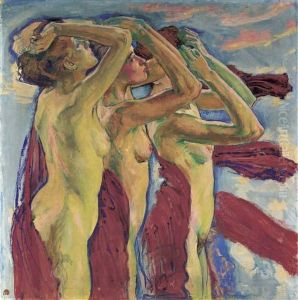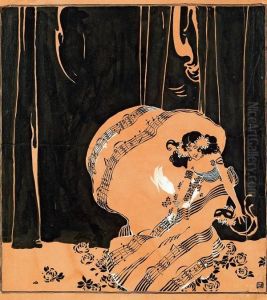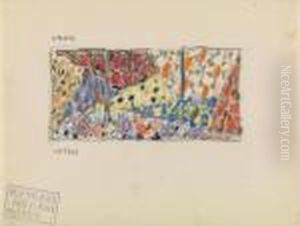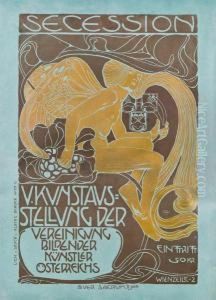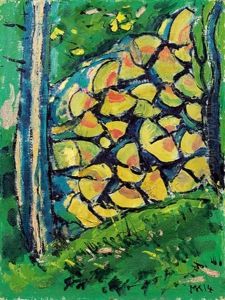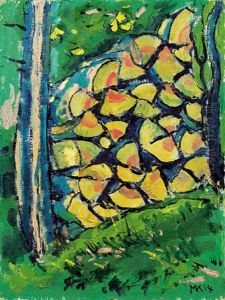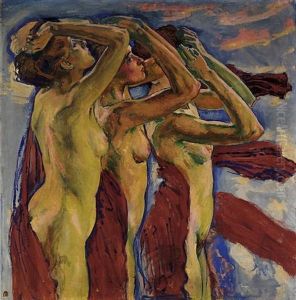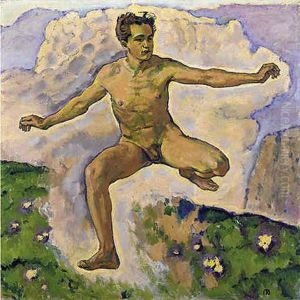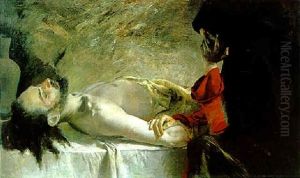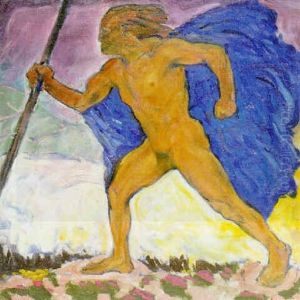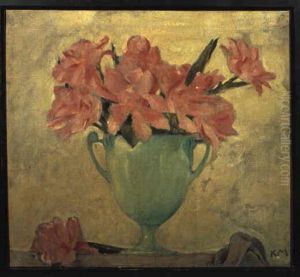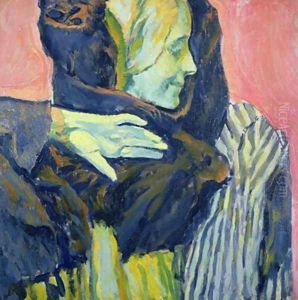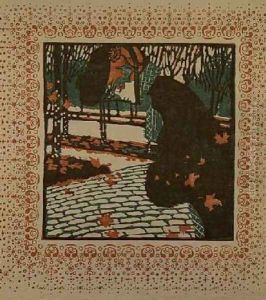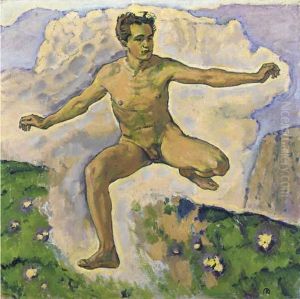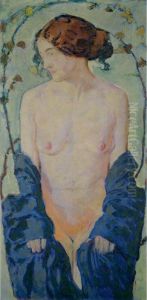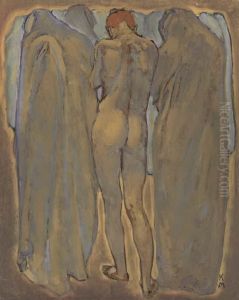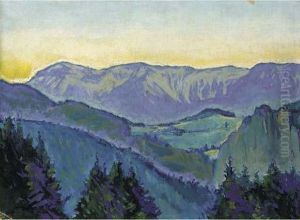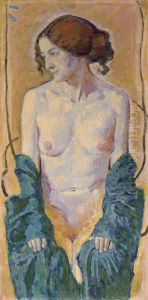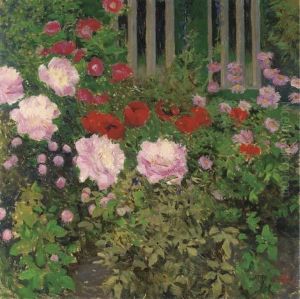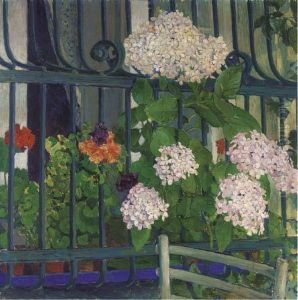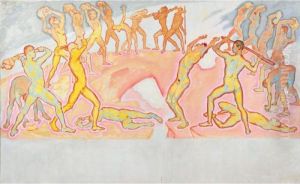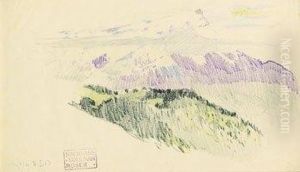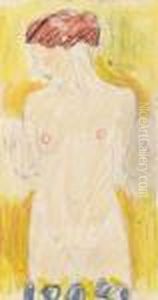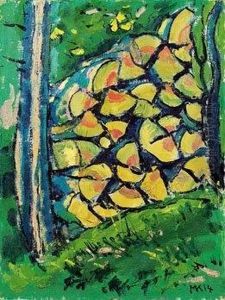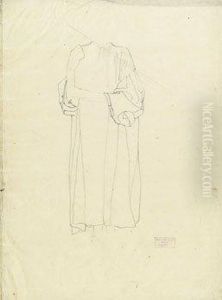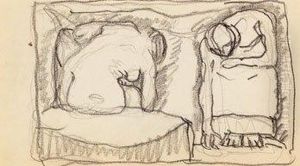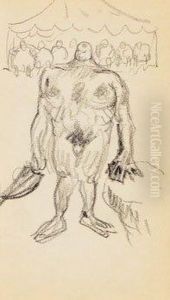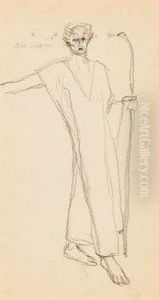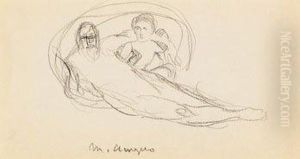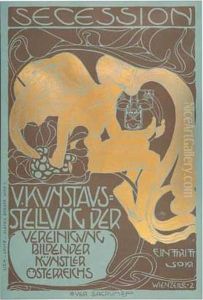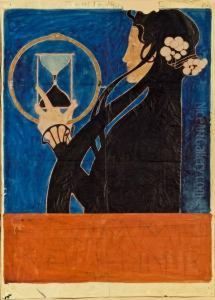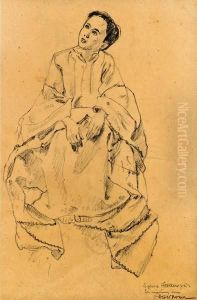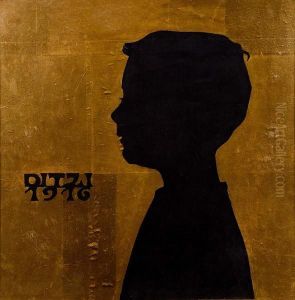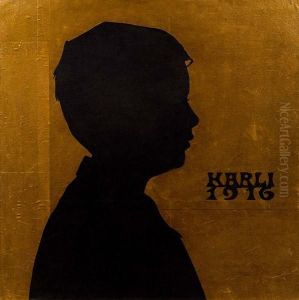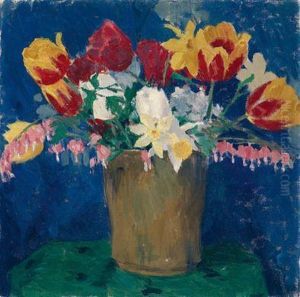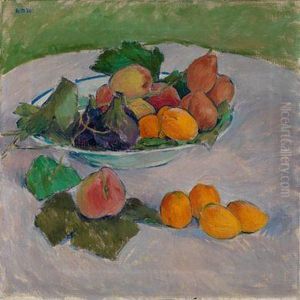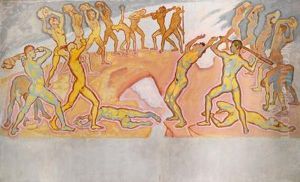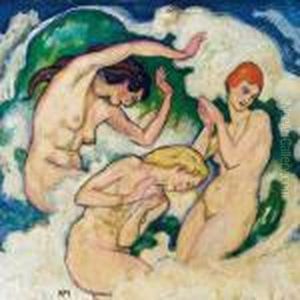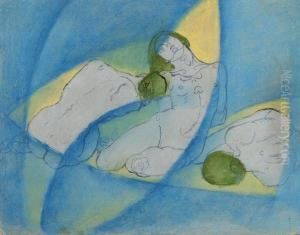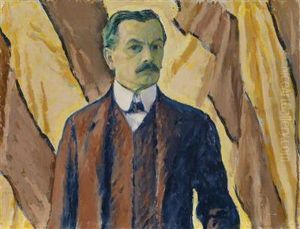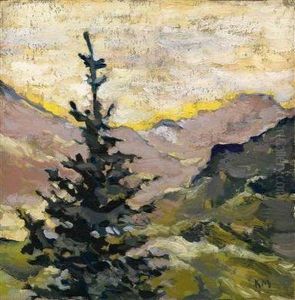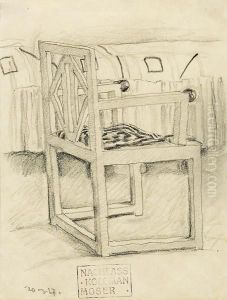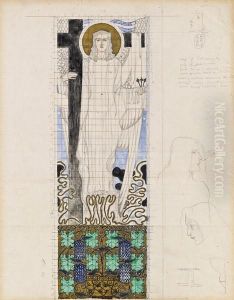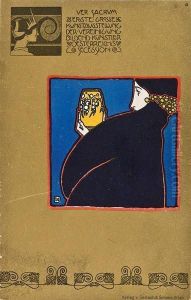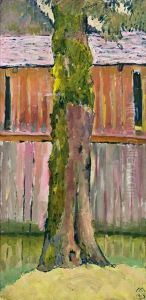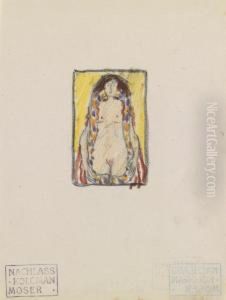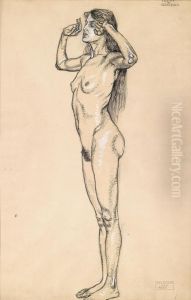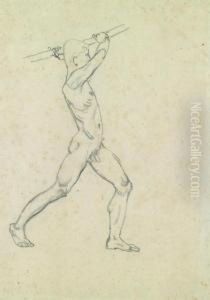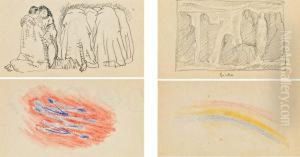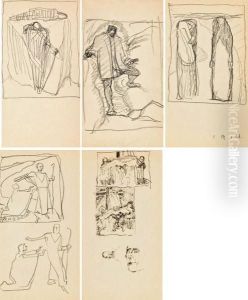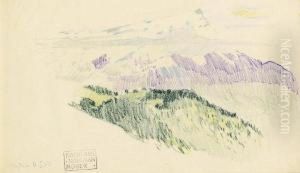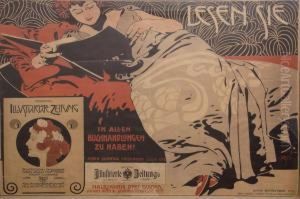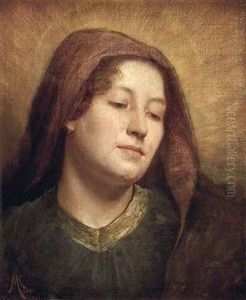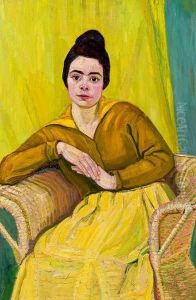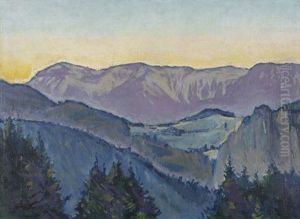Kolo Moser Paintings
Koloman Moser, more commonly known as Kolo Moser, was an Austrian artist who played a pivotal role in the Vienna Secession movement and whose work significantly influenced the development of modern art in Vienna in the late 19th and early 20th centuries. Born on October 30, 1868, in Vienna, Moser grew up in a time of artistic and cultural ferment in the Austrian capital. He studied at the Wiener Akademie der Künste (Vienna Academy of Fine Arts) and the Kunstgewerbeschule (School of Applied Arts), where he was a student of Franz Matsch and eventually became a professor.
Moser's work encompassed a wide range of media, including graphic design, painting, and the decorative arts. He was a contemporary of Gustav Klimt and Josef Hoffmann, with whom he co-founded the Wiener Werkstätte in 1903, a production community of visual artists that aimed to bring high-quality design and craftsmanship to all areas of life, blurring the lines between fine and applied arts. The Wiener Werkstätte had a lasting impact on the development of modernist design and architecture.
Throughout his career, Moser was dedicated to creating a Gesamtkunstwerk, or total work of art, which was a central concept of the Secession movement. His designs for furniture, glassware, jewelry, and other household items were characterized by their functionality and beauty. His graphic work, particularly his poster and magazine designs, was also highly influential. Moser was a key contributor to the magazine 'Ver Sacrum', which became an important platform for the promotion of the Secessionist ideals.
Moser's style evolved over the years from a florid Art Nouveau towards a more restrained, geometric approach that anticipated the Art Deco movement and the modernist aesthetic. This shift reflected his interest in creating a distinctively modern style that was free from historical pastiche.
Tragically, Koloman Moser's life and career were cut short when he died of cancer on October 18, 1918, at the age of 49. Despite his relatively brief career, his work left an indelible mark on the artistic landscape of Vienna and continues to be celebrated for its innovation and enduring beauty. Moser’s legacy is preserved not only through his own creations but also through his influence on other artists and designers who followed in his footsteps.
